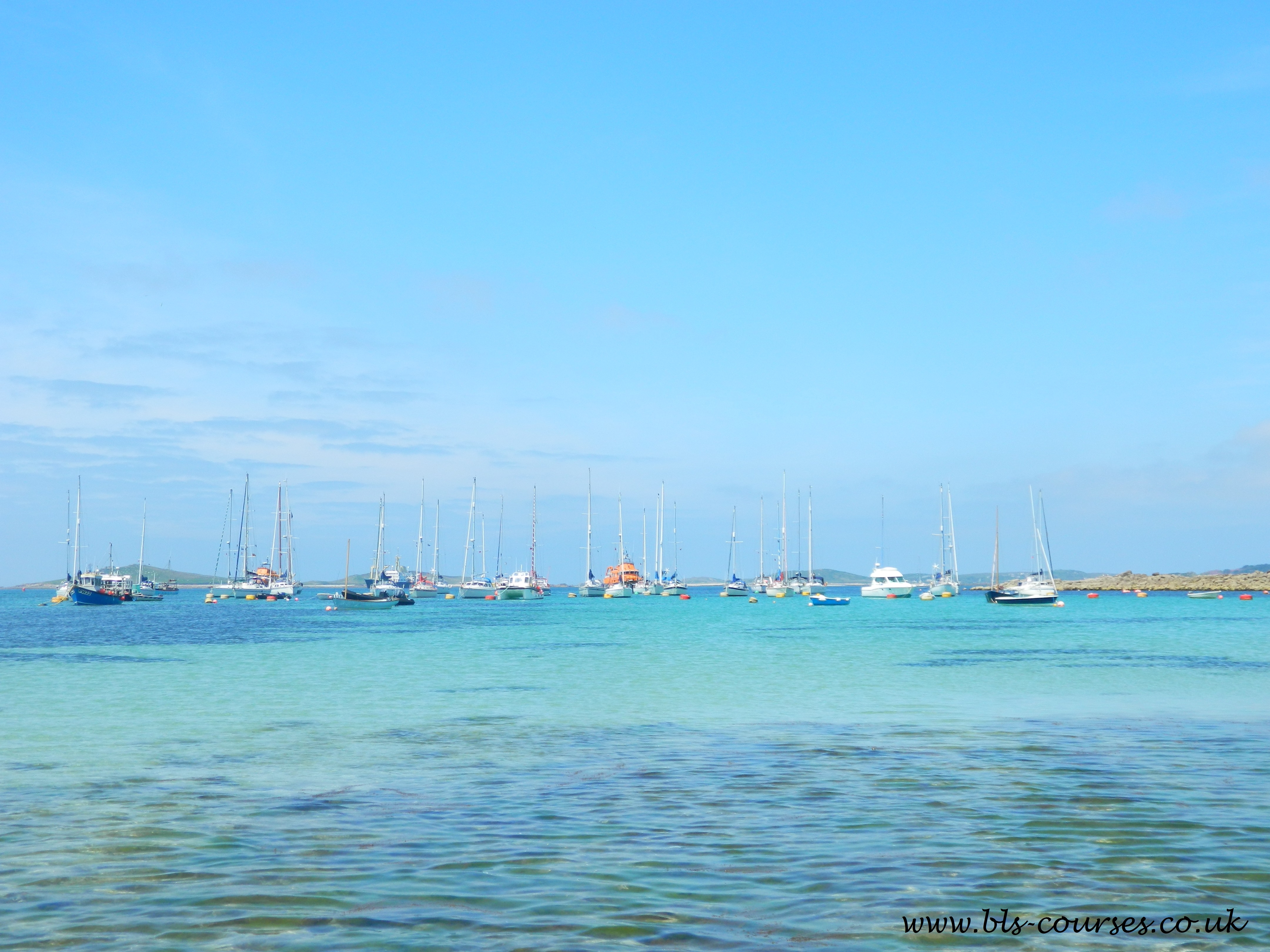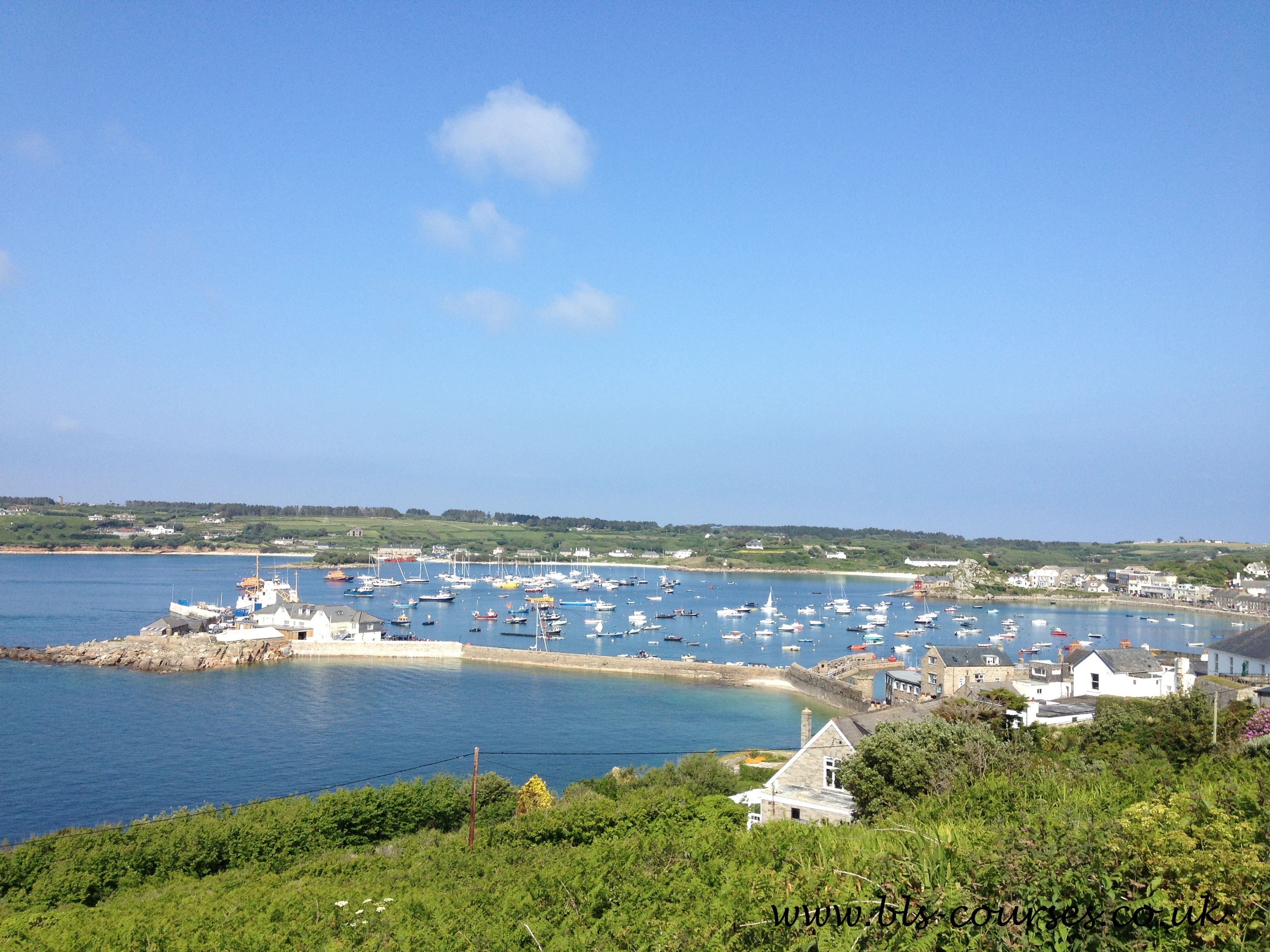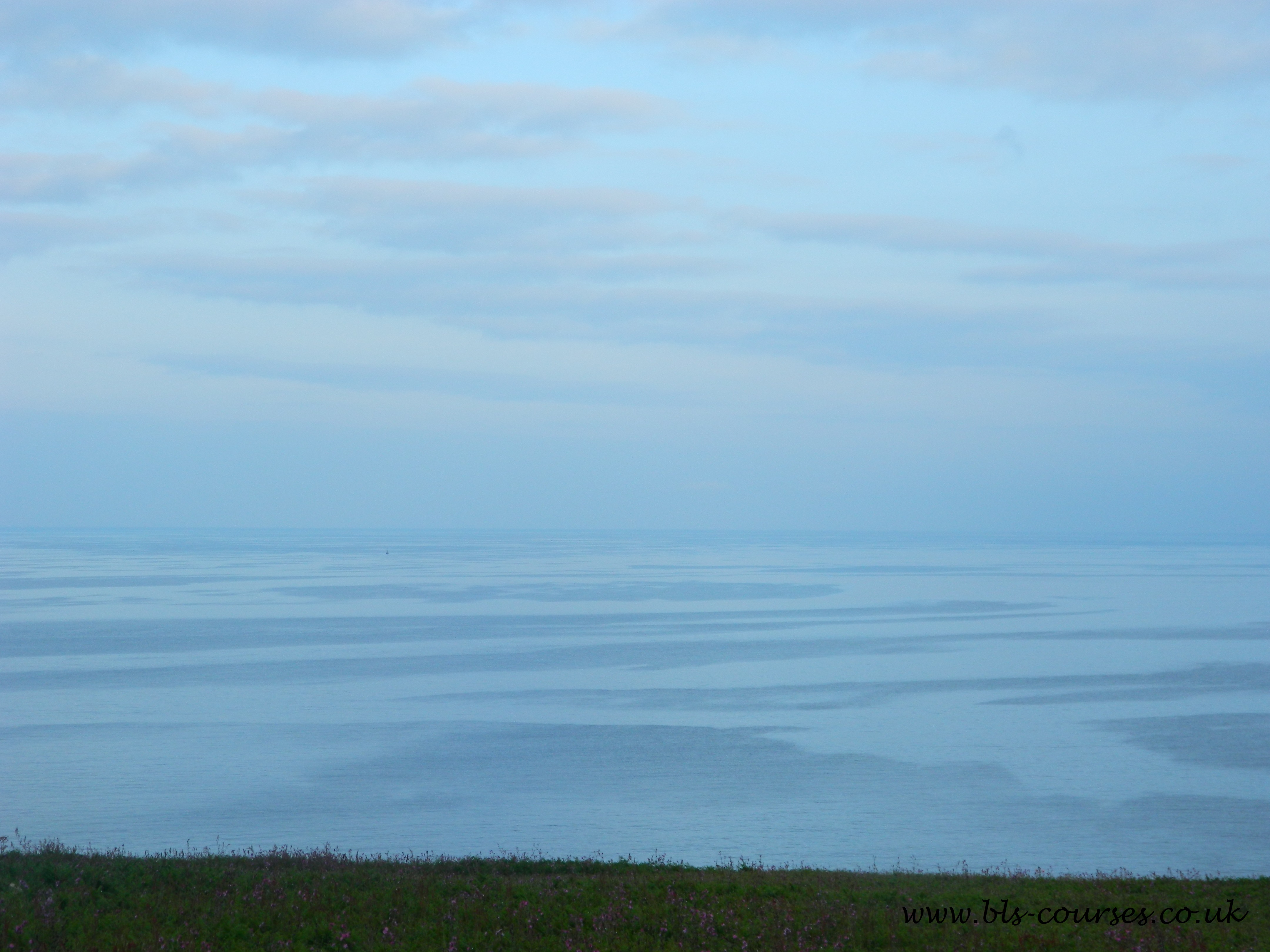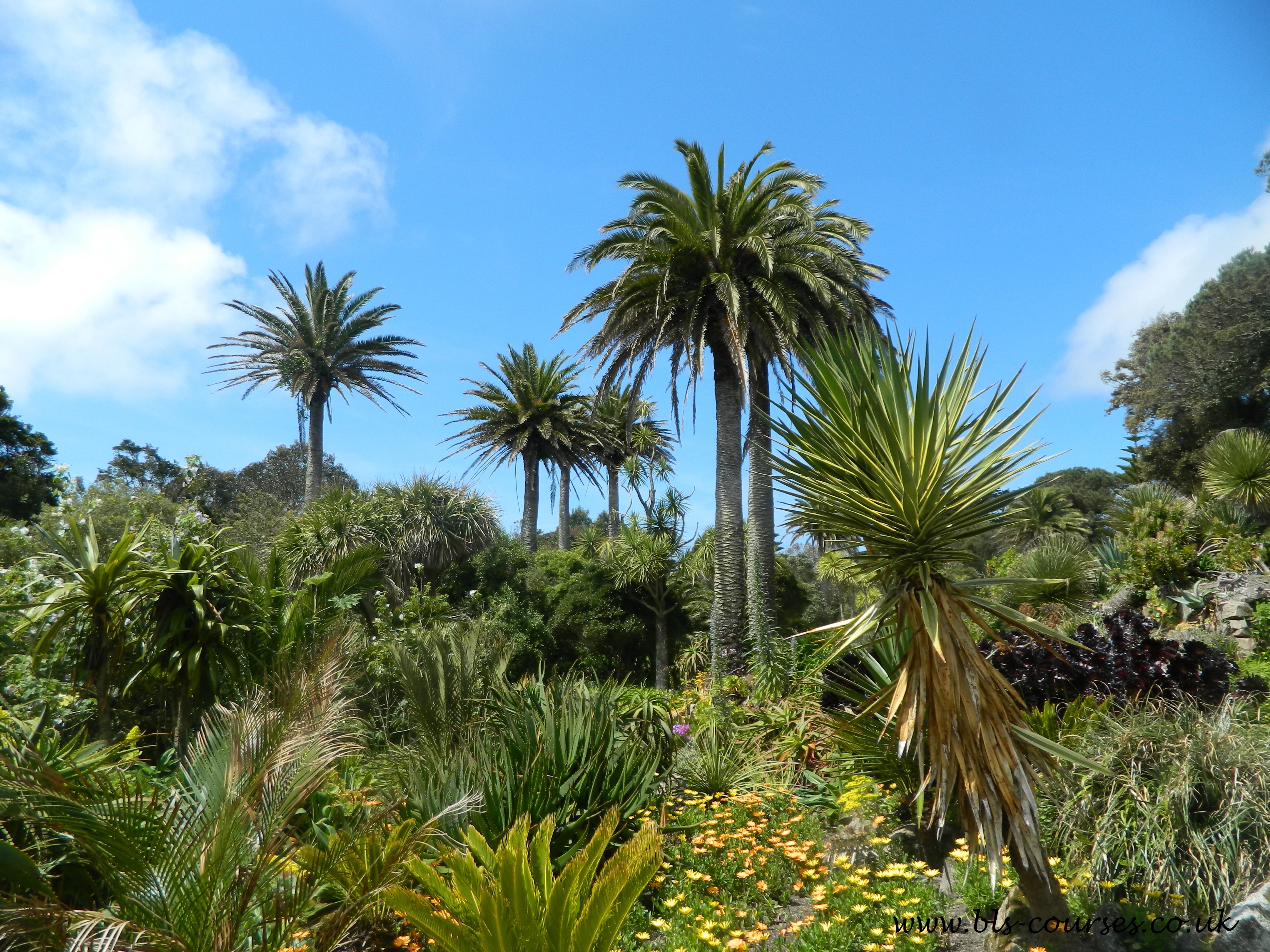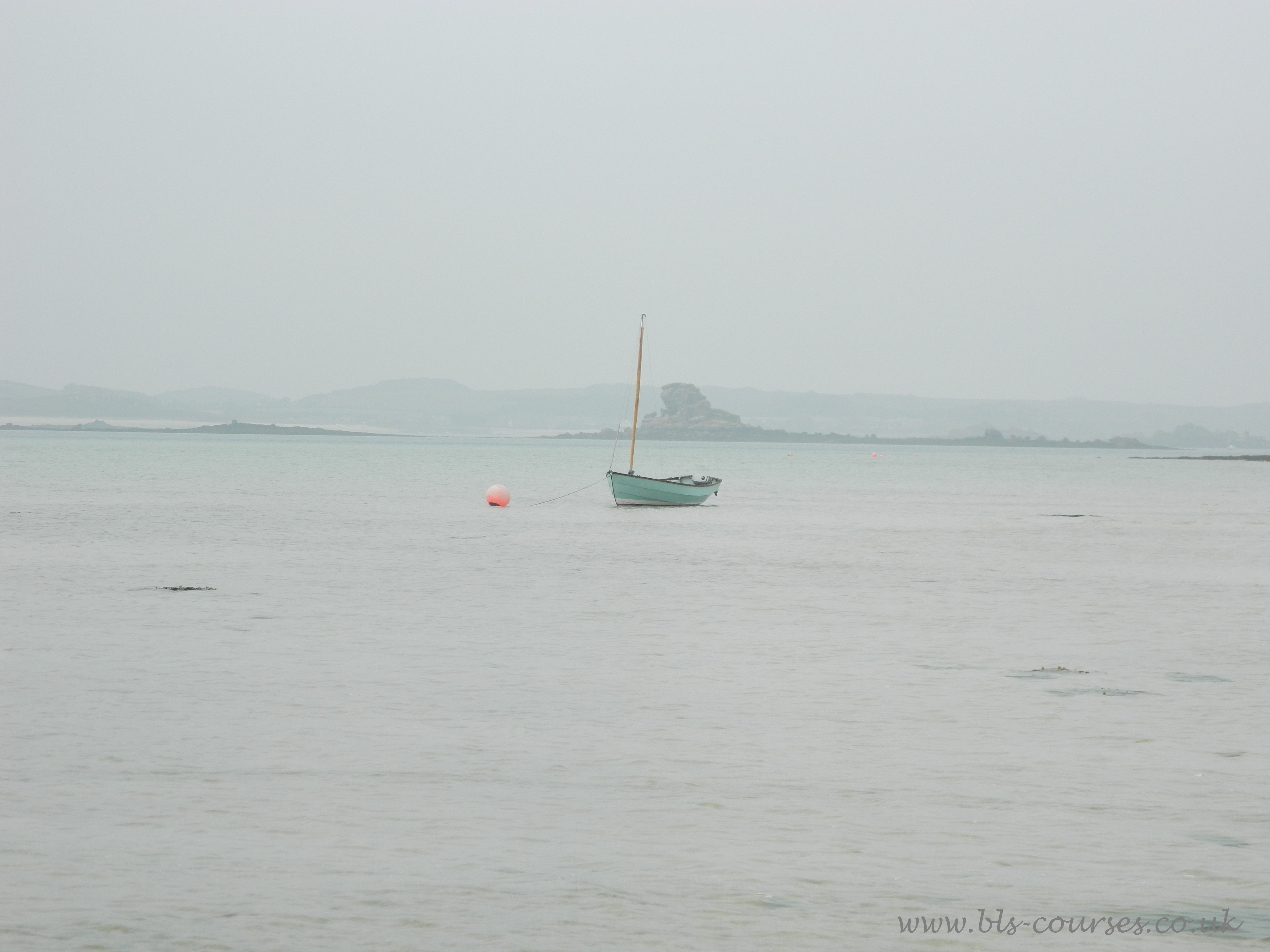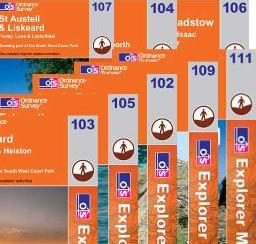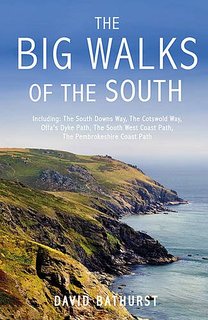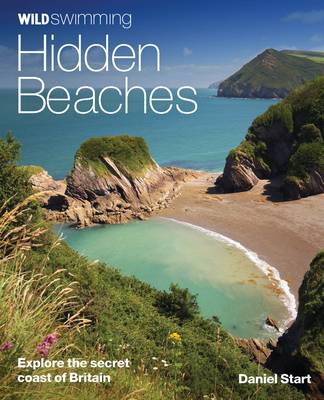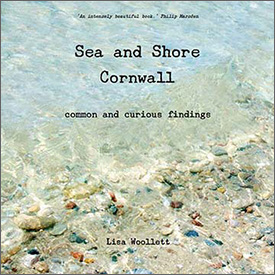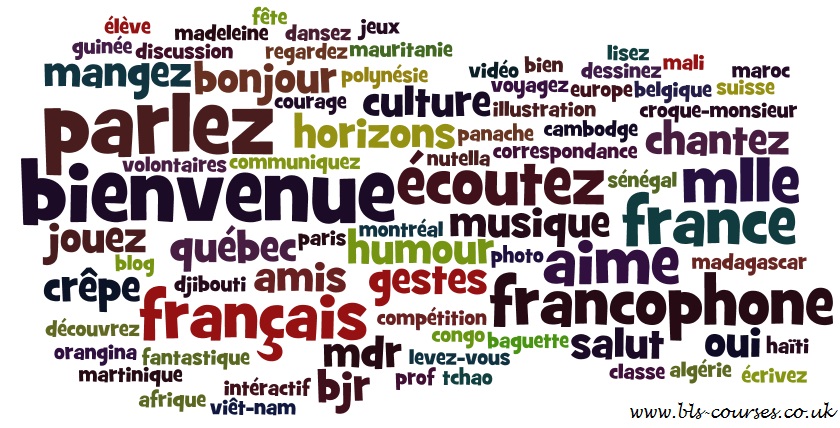We hope you found our post on writing skills useful. This is the last post in the skills development series – and it talks about the most active skill of all, speaking. Speaking is what most people want to do when they learn a language – it is how you interact with people, and it is the most natural mode of communication. It takes practice but it is very rewarding when you start to speak well in your new language. Here are a few tips to get you speaking fluently.
Be Patient and Practise
Like babies, when we learn a new language, we start to understand the language we are learning before we start to be able to speak it, and long before we are able to speak it well. It will probably take you longer to master speaking, an active skill, than it does to master the other, receptive (or passive) skills. So remember that speaking takes practice, and the more you do it, the easier it will get. Don’t be discouraged, and speak as much as you can, to as many people as you can! Don’t be afraid to make mistakes – people do that when speaking their own language, so it is perfectly fine to do it in a language you are learning. You can correct yourself just as you do in your first language.
Read Aloud and Get Active
If you are reading a text in the language you are learning, try reading it aloud. You will get used to making the sounds and how the language works without having to think about the words first – this is good practice for when you have to speak. This is an exercise children do at school too – but you can make it less daunting by doing it in the comfort of your own home! You don’t need an audience, unless you are a fan of theatre or slam poetry! In fact, joining a theatre club that performs in foreign languages is a good way to practice speaking in a fun environment. Joining a multilingual choir is another idea.
Copy What People Say
We learn by imitation, and you can put this into practice in the language you are learning. Listen to the radio or, better, an online broadcast that you can pause and play back and repeat what you hear people say. This works even better if you have a transcript of what is being said. Then you can hear the word, repeat it and check what it is if you didn’t quite catch the meaning. Time how long it takes you to read the whole transcript and see if it takes the same amount of time as the presenters.
Think of a Topic to Talk About
We speak better when we know what we are talking about, so choose a topic you are familiar with, such as your hobbies or what you did at the weekend, and practice talking about it, gradually saying more each time. You can look up vocabulary first or draw a mind map to get your brain ready and then speak for a minute to start with and then gradually build up the time you talk for. Try this with different topics until you have built up a good conversation repertoire.
Written by Suzannah Young

